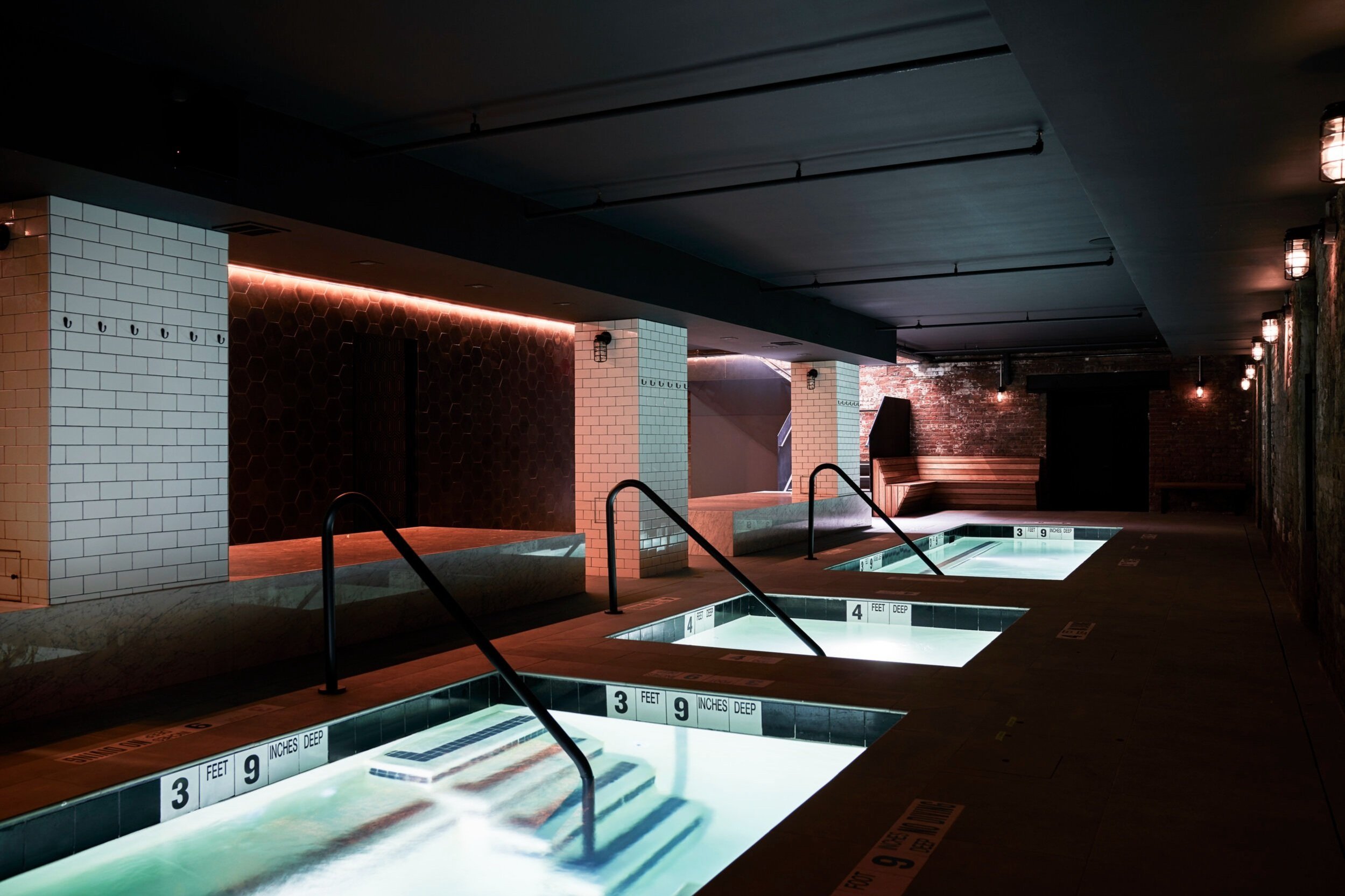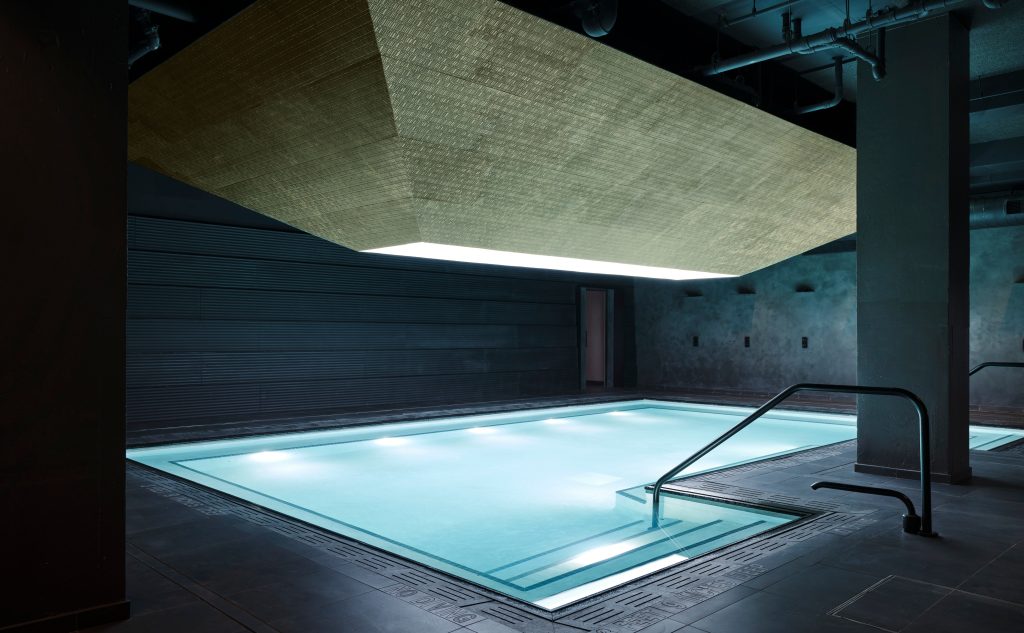Imagine walking into a luxurious NYC bathhouse expecting a rejuvenating experience, only to discover that mold might be lurking in the corners. Mold in NYC bathhouses has become a growing concern for both visitors and owners alike. It’s not just about ruining the ambiance; it poses serious health risks too. So, before you soak in that hot tub, let’s uncover the hidden dangers and what you can do to stay safe.
When you think of NYC bathhouses, visions of serene environments and stress-free vibes probably come to mind. But there’s a darker side to this spa haven—mold. Mold growth in these humid, warm spaces can quickly turn your relaxing retreat into a health hazard. Understanding the issue is the first step toward prevention.
Whether you’re a regular visitor or a first-timer, knowing about NYC bathhouse mold can make all the difference. This article dives deep into the causes, effects, and solutions for this growing problem. Stick around, and let’s tackle this issue head-on!
Read also:Green Bay Packers Last Super Bowl Win A Legacy That Lives On
Understanding Mold in NYC Bathhouses
What Exactly is Mold?
Mold is a type of fungus that thrives in damp, warm environments. In NYC bathhouses, where humidity levels are consistently high, mold finds the perfect breeding ground. It’s not just unsightly; it can lead to respiratory issues, allergic reactions, and other health problems.
Here are some key facts about mold:
- Mold spores are microscopic and can easily spread through the air.
- It grows on surfaces like walls, ceilings, and even in ventilation systems.
- Some molds produce mycotoxins, which can be harmful if inhaled.
Why NYC Bathhouses Are Vulnerable
NYC bathhouses are designed to offer a relaxing experience, but their very nature makes them susceptible to mold growth. The constant moisture from steam rooms, hot tubs, and showers creates an ideal environment for mold to flourish.
Factors contributing to mold growth include:
- Poor ventilation systems that fail to reduce humidity levels.
- Cracks or leaks in walls and ceilings that allow water to seep in.
- Insufficient cleaning protocols that overlook hidden areas.
Health Risks Associated with NYC Bathhouse Mold
Exposure to mold in NYC bathhouses isn’t just unpleasant—it can have serious health consequences. People with allergies, asthma, or weakened immune systems are particularly vulnerable. Symptoms of mold exposure can range from mild discomfort to severe respiratory issues.
Common health effects include:
Read also:Fantasi Sotwe The Ultimate Guide To Exploring Your Creative Mind
- Coughing, sneezing, and throat irritation.
- Headaches and fatigue.
- Skin rashes and allergic reactions.
- In severe cases, mold exposure can lead to lung infections.
Identifying Mold in NYC Bathhouses
Signs of Mold Growth
Knowing how to spot mold is crucial for your safety. Mold can manifest in various forms, and its presence isn’t always obvious. Here are some signs to look out for:
- Musty odors that linger even after cleaning.
- Visible black, green, or white patches on walls, ceilings, or floors.
- Water stains or discoloration on surfaces.
If you notice any of these signs, it’s best to avoid the area and inform the management immediately.
Testing for Mold
Professional mold testing is the most reliable way to confirm its presence. However, there are DIY kits available for those who want to conduct preliminary tests. If you’re a regular visitor to a NYC bathhouse, consider suggesting regular inspections to ensure a safe environment.
Preventing Mold in NYC Bathhouses
Effective Cleaning Practices
Proper cleaning is the first line of defense against mold. Bathhouse owners should implement rigorous cleaning protocols that target all potential mold hotspots. This includes:
- Regularly cleaning and disinfecting surfaces.
- Using anti-fungal products to prevent mold growth.
- Ensuring that all water-damaged materials are promptly replaced.
Improving Ventilation
Good ventilation is essential in controlling humidity levels. Installing exhaust fans and maintaining air conditioning systems can significantly reduce the risk of mold growth. Encourage bathhouse operators to invest in quality ventilation solutions.
Legal Implications of Mold in NYC Bathhouses
When mold becomes a recurring issue, legal action may be necessary. NYC health codes mandate that public spaces, including bathhouses, maintain safe and hygienic environments. Failure to comply can result in fines or even closure of the establishment.
Here’s what you can do:
- Report mold issues to local health authorities.
- Seek legal advice if your health has been compromised due to mold exposure.
- Encourage transparency and accountability from bathhouse management.
Customer Responsibilities
While bathhouse owners bear the primary responsibility for maintaining a mold-free environment, customers also have a role to play. Here’s how you can protect yourself:
- Avoid visiting bathhouses with visible mold or strong musty odors.
- Wear shower shoes to prevent direct contact with potentially moldy surfaces.
- Report any concerns to the management promptly.
Environmental Impact of Mold in NYC Bathhouses
Beyond health risks, mold in NYC bathhouses can have environmental consequences. Mold remediation often involves the use of harsh chemicals that can harm ecosystems if not properly managed. Sustainable cleaning practices and eco-friendly products can help mitigate these effects.
Sustainable Solutions
Encourage bathhouse operators to adopt green cleaning methods. This includes using biodegradable cleaning agents and minimizing water waste during cleaning processes. Small changes can make a big difference in reducing the environmental footprint.
Case Studies: Real Instances of NYC Bathhouse Mold
Example 1: The Spa on 5th Avenue
In 2021, a popular NYC bathhouse on 5th Avenue faced a mold outbreak that affected dozens of customers. Health inspections revealed poor ventilation and inadequate cleaning practices as the primary culprits. The incident prompted the establishment to revamp its hygiene protocols and invest in better ventilation systems.
Example 2: The Wellness Retreat
Another case involved a wellness retreat in Brooklyn where mold was found in the steam room. Customers reported respiratory issues, leading to a thorough investigation. The retreat underwent extensive renovations to eliminate mold and prevent future occurrences.
Conclusion: Stay Safe, Stay Informed
NYC bathhouse mold is a real concern that demands attention. By understanding its causes, effects, and prevention methods, you can ensure a safe and enjoyable spa experience. Remember, it’s not just about the ambiance—it’s about your health and well-being.
We urge you to share this article with fellow bathhouse enthusiasts and spread awareness about mold risks. Together, we can advocate for cleaner, safer spaces. Stay safe, and let’s keep the spa vibes positive!
Table of Contents
- Understanding Mold in NYC Bathhouses
- Health Risks Associated with NYC Bathhouse Mold
- Identifying Mold in NYC Bathhouses
- Preventing Mold in NYC Bathhouses
- Legal Implications of Mold in NYC Bathhouses
- Customer Responsibilities
- Environmental Impact of Mold in NYC Bathhouses
- Case Studies: Real Instances of NYC Bathhouse Mold
- Conclusion: Stay Safe, Stay Informed


